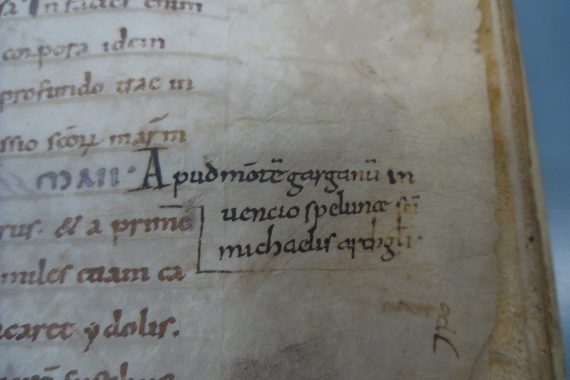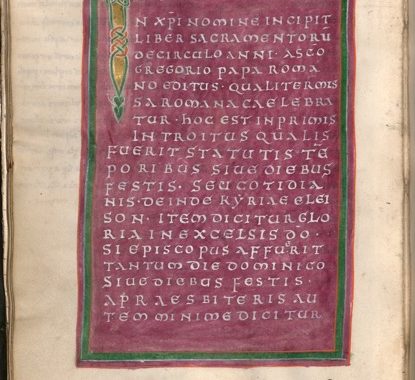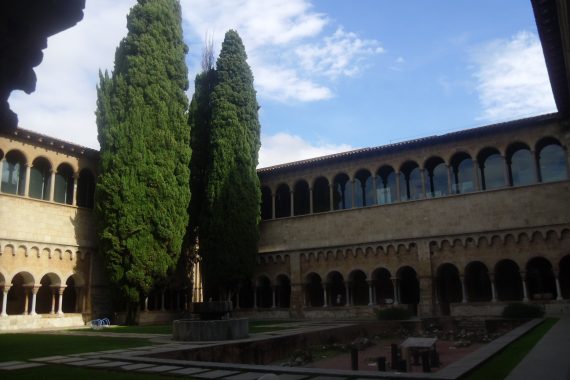The Long Arms of Saint Eucharius of Trier?
The religious landscape of the tenth century is usually described as consisting of a hotchpotch of localities. Defining what was ‘local’ in the Middle Ages, however, is rather difficult for modern scholars. It could comprise a diocese, a town, a monastery, or a community of canons – all entities that were not necessarily separate from…




